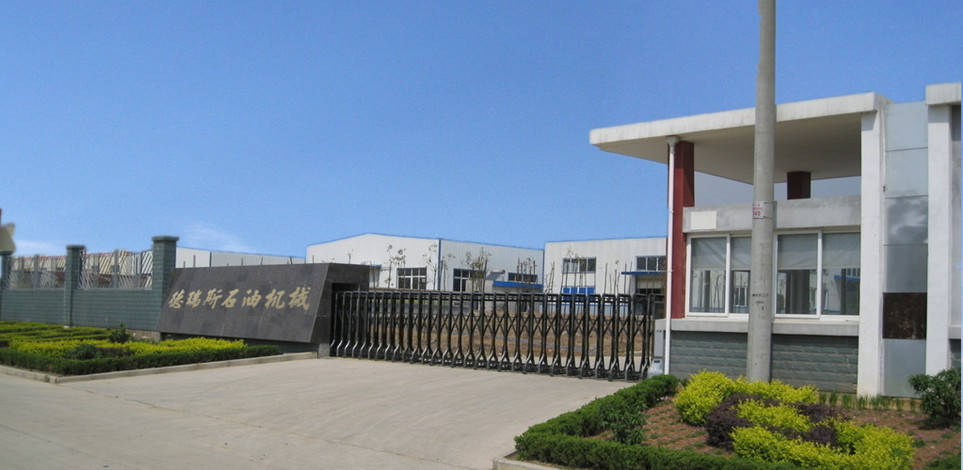
The quality and types of PDC cutters have changed dramatically over the past few years. If you compare the cutters of the 1980s to today’s cutters, the difference is considerable. Due to changes in compounding and manufacturing techniques, today’s cutters are much better, making the drill bits more resistant to erosion and impact.
Engineers have also optimized the interface between the tungsten carbide substrate and the synthetic diamond to increase the toughness of the cutting teeth. Innovations in layered diamond processing have also been used to improve the product’s abrasion resistance and thermal stability.
In addition to the development of materials and manufacturing processes, PDC products have also achieved major breakthroughs in tooth design technology and tooth arrangement. Now, PDC products can be used in areas that were previously inapplicable, such as harder, more abrasive and variable formations. This expansion into new areas has a great impact on the balance between diamond (fixed cutting tooth) drill bits and roller cone drill bits.
Initially, PDC drill bits could only be used in soft shale formations because hard interlayers would damage the drill bits. However, due to the emergence of new technologies and changes in structure, PDC drill bits can now be used to drill hard interlayers and long sections of hard rock formations. PDC drill bits are increasingly being chosen by people, especially as the quality of PDC teeth continues to improve.
As the drill bit design and teeth have improved, the directional ability of PDC bits has also improved, which has further weakened the advantages of roller bits in motor drilling in the past. Currently, PDC bits are replacing roller bits in many formation drilling applications every day.
PDC drill bits are mainly composed of drill body, cutting teeth, nozzle, gauge surface and joint. According to the different materials of the drill body, the drill bits are divided into matrix drill bits and steel drill bits. The drill body of the matrix drill bit is made of cast tungsten carbide powder and tungsten carbide powder of different particle sizes and impregnated metals of different proportions, which are loaded into a designed mold and sintered at high temperature by pressureless impregnation. The drill body of the steel drill bit is made of alloy steel blank through mechanical processing. After the drill body is sintered or processed, cutting teeth are welded on it, the nozzle is installed, and then it is welded with the joint to become a drill bit.



